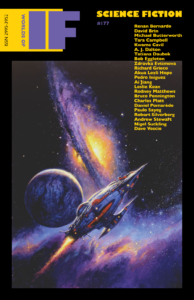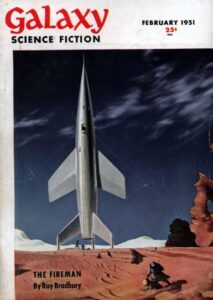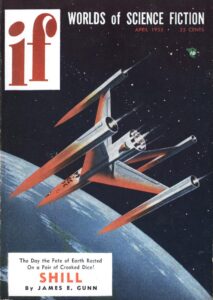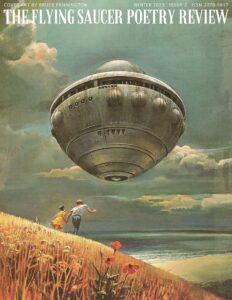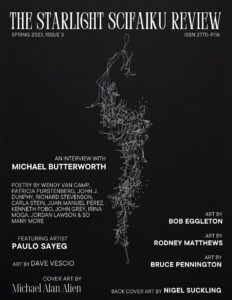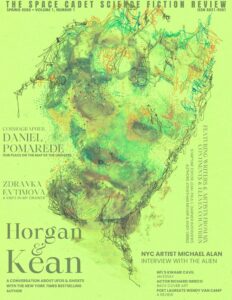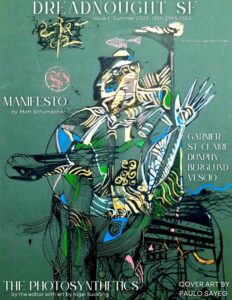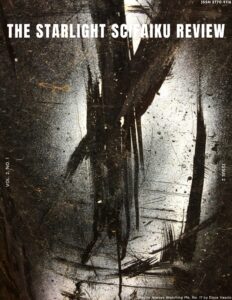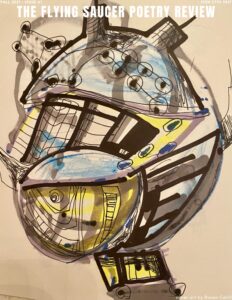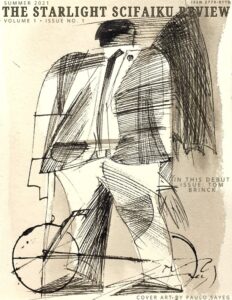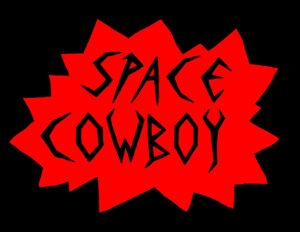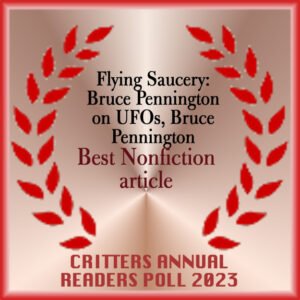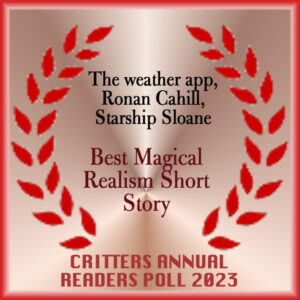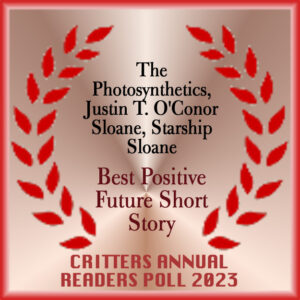Page 8 — Origin Story
The very first show that I remember having watched on television was during a Christmas visit to my father’s house in Napa, sometime in the late 1970s. I turned on the TV and was greeted by the opening montage of a Star Trek rerun (the name of this publishing house is influenced in part by Roddenberry’s grand creation). I was mesmerized, simply spellbound, as that beautiful starship, the USS Enterprise, hit warp speed and the stars blurred. At that very moment, my conception of the world and its possibilities, blurred, too.
In 1985, I received a Christmas present from my father, a book that I still possess, The Planets (Bantam, 1985), edited by Byron Preiss. It was the first science fiction book that I had ever read; a collection of stories about the planets of our solar system, prefaced by a scientific overview of each. I had been placed firmly on a science-fiction trajectory — without even realizing it.
As I learned about my family’s involvement in publishing and science fiction, I grew to love the genre even more (old friend and contributor Dan Brown found a copy of Amazing Stories in a Seattle bookstore for me, the first that I had ever read).
When I quite by accident stumbled upon the extraordinary and perfectly mind-blowing Lone Sloane graphic novels by Philippe Druillet, I could not help but feel that I was somehow being called towards a greater personal involvement in science fiction (Starship Sloane Publishing’s newly introduced science fiction imprint, Interplanetary Voyager Press, is a nod both to NASA’s Voyager program with the Voyager 1 and 2 spacecraft launched from Earth in 1977 and The 6 Voyages of Lone Sloane).
